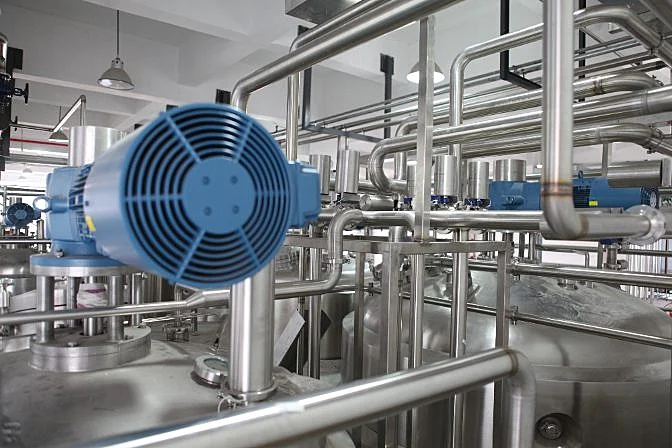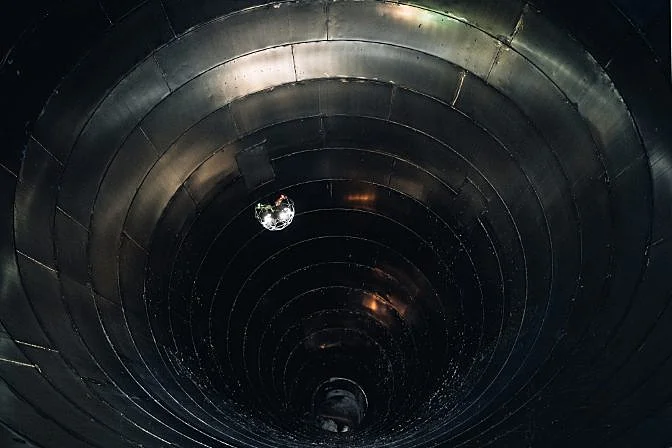Turnaround time refers to the duration required to finish a particular process or task. A frequently used term synonymous with turnaround time is "downtime." Downtime occurs when a system, machine, or operation is temporarily out of service, either for maintenance, upgrades, or repairs. Think of turnaround time as the span between initiating a request or process and completing it. For instance, in industrial environments, it’s the time a piece of equipment like a boiler or pressure vessel remains offline while technicians carry out necessary maintenance, upgrades, or other critical modifications. In computing, turnaround time involves the period from submitting a process for execution until receiving the output. Warehouse logistics define it as the time from order initiation to fulfillment. Similarly, in manufacturing, it signifies the time from order placement to delivery.   Turnaround time in an industrial context represents the time required to shut down a specific asset or the entire operation for maintenance or other tasks. Often, this is referred to as downtime, a planned outage, or a plant turnaround. When the entire plant requires maintenance, turnaround time pertains to the duration the plant must remain offline while staff conducts their work. Simply put, turnaround times are periods where production halts due to essential machinery being offline or the entire plant being shut down. These periods are usually planned in advance. However, if an unexpected emergency arises, requiring the plant or equipment to be taken offline, the time needed to resolve the issue and restore operations is also considered turnaround time. Common types of turnaround work during planned downtimes include: Routine Maintenance: This includes inspections and subsequent work based on findings. Component Replacements: Parts or entire assets may need replacing. Repairs: Fixing issues that arise during inspections. Upgrades: Enhancing systems or equipment for improved efficiency. World Events: Unforeseen circumstances like pandemics necessitating temporary shutdowns for implementing new protocols. Turnaround time directly impacts profitability across industries. Every minute a plant is offline equates to lost revenue. Faster turnaround times translate to higher productivity and profits. For example, in logistics, quicker deliveries allow for more shipments and increased earnings. In industries like power generation, even short downtimes can result in substantial financial losses. A single day of downtime for a major power plant could cost tens or even hundreds of thousands of dollars. Machinery inevitably requires periodic maintenance. Inspections ensure safety and prevent costly breakdowns. During these periods, operations must cease to allow thorough checks and repairs. Minimizing turnaround time is vital for operational efficiency. While speeding up processes, safety remains paramount. Here are five strategies to optimize turnaround times without compromising safety. Scheduled turnarounds, such as those for routine maintenance, can be anticipated and meticulously planned. Managers should outline: Specific tasks required Workscope Detailed timelines Roles and responsibilities Equipment requirements Conducting a trial run can help identify potential issues before the actual event, improving efficiency. If engineering work is anticipated, early preparation is key: Clearly define engineering needs Ensure new technologies are tested and available prior to the scheduled downtime Verify functionality of new installations before resuming operations Confirm availability of skilled personnel Effective communication with all stakeholders ensures smooth coordination. Ignoring this step can lead to inefficiencies and wasted resources. Once the turnaround begins, clear roles and efficient communication are crucial. Proper oversight ensures timely completion of tasks and quick resolution of delays. Reviewing the turnaround process identifies areas for improvement. Detailed reports provide insights for future optimizations. In addition to the five steps mentioned above, adopting innovative solutions can further expedite turnaround times. One such solution is the integration of drones into workflows. Drones, particularly models like the Elios 3 by Flyability, have revolutionized inspection processes by drastically reducing the time needed for data collection. Here’s how drones contribute to faster turnaround times: Traditional inspections often require scaffolding for access to confined spaces. Constructing and dismantling scaffolding can consume weeks. With drones, inspectors can gather visual data without constructing any temporary structures, cutting down turnaround times significantly. While maintenance crews may still require scaffolding for repairs, drones help minimize its usage by pinpointing precise locations that need attention, thereby avoiding unnecessary setups. Manual inspections using lights are inherently slower than drone flights. A recent client reported that the Elios 2 collected inspection data three times faster than manual methods. What took 30 hours manually was completed in just 10 hours by the drone, yielding significant cost savings for the power generation sector. Drones not only reduce turnaround times but also enhance safety and reduce costs. Case studies demonstrate the immense benefits of using drones like the Elios 2 and Elios 3: $2 Million Saved Using Elios 2 for Oil Tanker Cargo Inspection Drones in Chimney Inspections: Elios 2 Prevents Dangerous Climbs Grain Bin Inspection Saves 95% in Costs with Elios 2 Elios 3’s 3D Mapping Assists City of Lausanne Water Department As these examples illustrate, drones are transforming industrial practices by streamlining operations, ensuring safety, and delivering substantial cost reductions.
Perilla seed powder has the functions and effects of clearing away heat and dispersing cold, antibacterial and antiviral. Perilla seed powder is rich in nutritional value and is a plant that can be used both as medicine and food. After consumption, it can supplement the nutritional needs of the body. Perilla seed powder has a certain effect on improving symptoms caused by colds and symptoms such as edema and numbness of the lower limbs caused by dampness. In addition, perilla seed powder can also improve memory, enhance brain development and brain nerve function.
Perilla Seed Powder,Perilla Seed Powder Benefits,Perilla Seeds Powder Flour,Perilla Frutescens Powder,Perilla Powder Jilin Chunyi Industrial Co., Ltd , https://www.perillaseed.comUnderstanding Turnaround Time and Downtime

Defining Turnaround Time

Why Turnaround Time Matters

Five Steps to Minimize Turnaround Time
1. Strategic Planning
2. Engineering Considerations
3. Coordinated Scheduling
4. Efficient Onsite Management
5. Post-Turnaround Analysis

How Drones Accelerate Turnaround Times
1. Eliminating the Need for Scaffolding
2. Accelerating Data Collection
